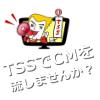For Whom does RERF Exist?
- TSS Special Documentary for 75 Years Since the Atomic Bombing -
First aired on Thursday, August 6, 2020 from 9:50 to 10:45 am
Aired again on Saturday, August 8, 2020 from 4 to 4:55 am
High atop Hijiyama Hill overlooking Hiroshima City sits the Radiation Effects Research Foundation (known as RERF), a Japan-US joint research facility which studies the effects of radiation on the human body.
The current average age of the hibakusha (those who survived the bombing) is over 83, which means there are fewer and fewer who know the history behind the RERF. Formerly the Atomic Bomb Casualty Commission (ABCC), it was founded in 1947 by the US, who knew about the effects of radiation on humans before the bomb was ever used in warfare. After the bombs were dropped on Hiroshima and Nagasaki, they founded the ABCC to research the long-term effects that the weapon would have.
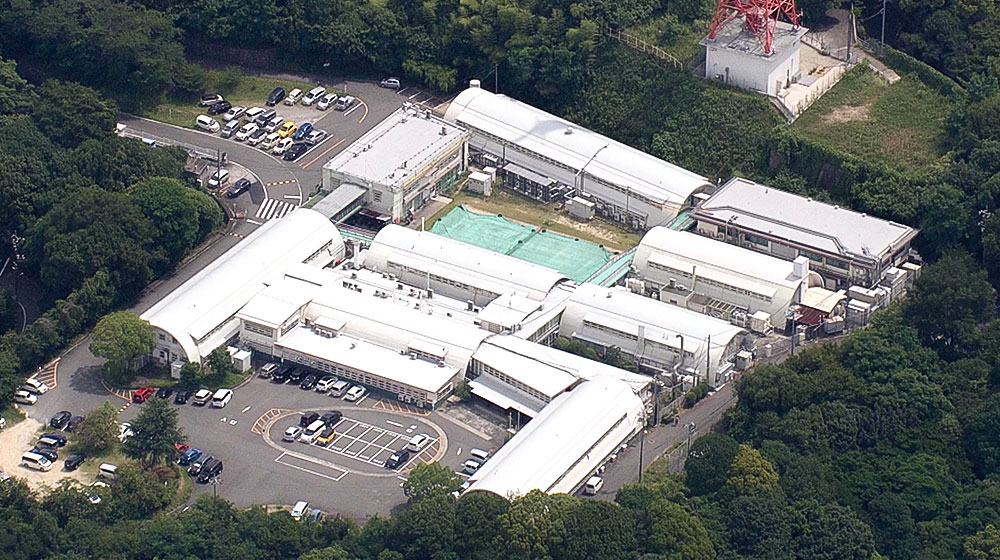
It was there that they performed medical exams on hibakusha and autopsies on the dead, as well as collected countless numbers of blood and urine samples. However, they did not perform any kind of medical treatment, despite the fact that treatment was what the hibakusha wanted. The ABCC’s treatment of the hibakusha as human guinea pigs was the cause of a tremendous amount of anger and sadness in the people of Hiroshima.
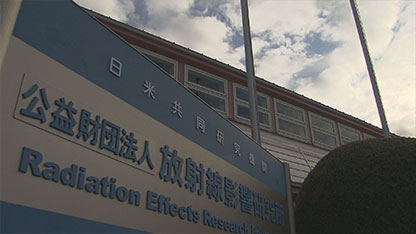
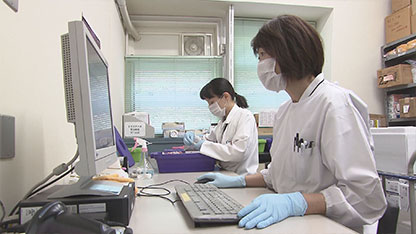
Koko Kondo (75), who survived the bombing in Hiroshima City at the age of eight months, is just one of those who harbor anger toward the ABCC. Brought there when she was in middle school, she was subject to medical examinations wearing only her underwear, and is unable to forget the humiliation she suffered. In an interview, she explains her feelings about the RERF today.
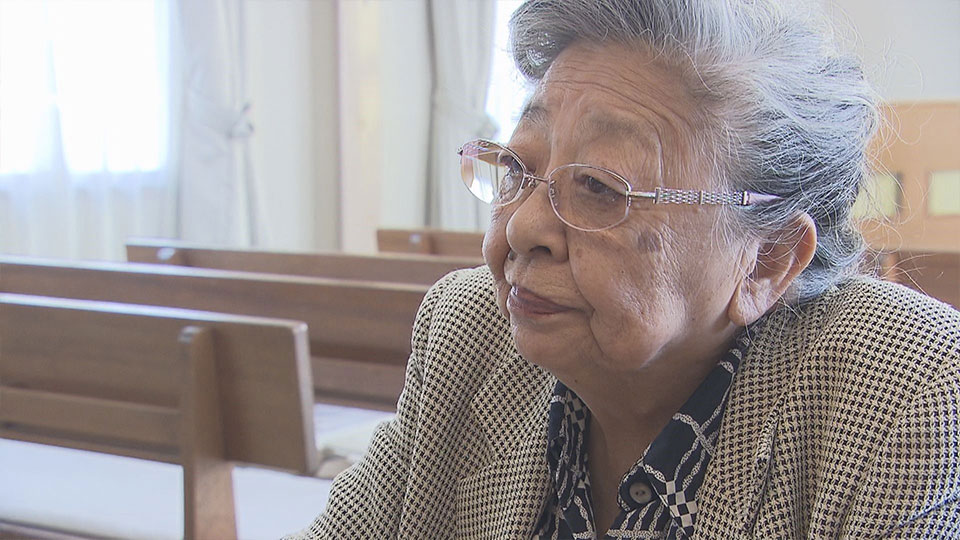
This documentary interviews hibakusha who suffered psychological trauma during medical examinations at the ABCC, researchers who work at RERF, and Professor Joe Gray, member of the RERF Board of Councilors (the highest decision-making body of the RERF) to find out who the RERF was founded for and for what purpose. Here we take a look at the history of this research facility, which has seen hibakusha for over 70 years, from the very beginning to where they are today, and consider their role in the future.
Director: Takehiro Fujiwara
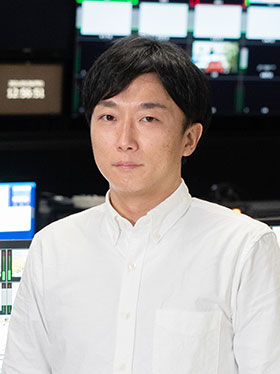
Hijiyama is just a stone’s throw from TSS-TV. There is a park with playground equipment, and it is a place where many families visit on holidays. The Radiation Effects Research Foundation, commonly known as RERF, has been in Hijiyama for nearly 70 years. It was formerly the Atomic Bomb Casualty Commission (ABCC). Research is currently ongoing with funding from both the Japanese and US governments. Even now, it continues the research of ABCC and is investigating the health effects of atomic bomb survivors. Many atomic bomb survivors have a negative impression of RERF, due to the lingering effects of the inhumane investigations that were carried out on survivors by the victorious US after the war. We made this film because we felt that many people do not know what kind of history RERF has had, or what kind of research it is currently conducting.
Profile of Takahiro Fujiwara
Born in Kobe City. When working for a major Tokyo station, he was in charge of the Ministry of Land, Infrastructure, Transport and Tourism, the Tokyo Metropolitan Government, the Ministry of the Environment, the Nuclear Regulation Authority, etc. in the social affairs department. He has been working at TSS-TV since 2018. He currently covers city government, the atomic bomb, and peace, among other things. His grandfather, who was a soldier in Hiroshima, was exposed to the atomic bomb 2 kilometers from the hypocenter.


